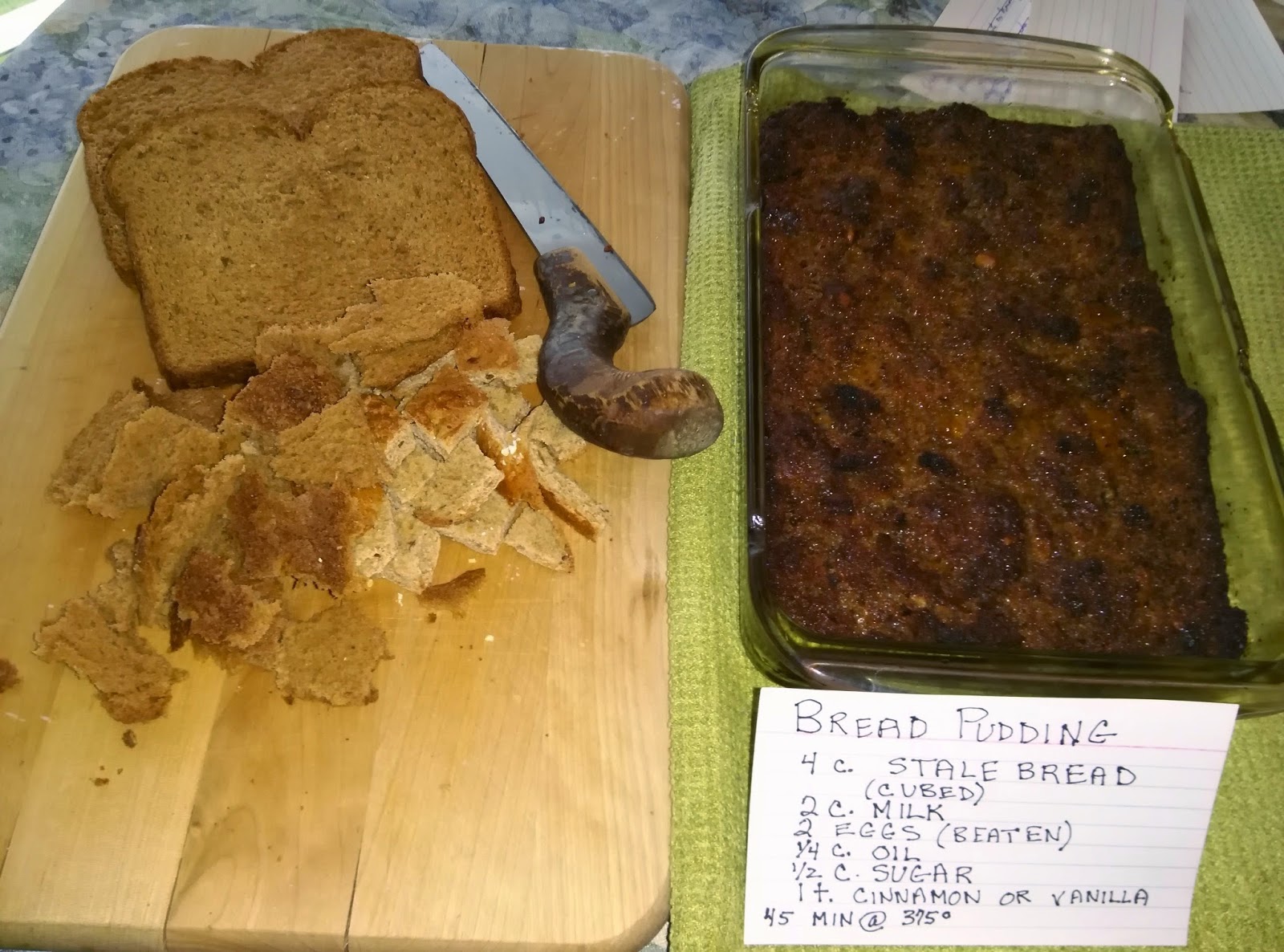In long dry spell, I touted my high expectations for spring 2015's showing of California poppies: "big drifts of California poppy seedlings have appeared in our cactus and succulent bed and, for the first time, in our parking strip. I have committed myself to keeping them alive until they can bloom and set seed for 2016." To meet this commitment, I have actually started watering our front garden beds for about 10 minutes, using city water from the hose when no saved rain water or 'gray' water is available, in any week when there has been no rain. That is, most weeks, but only ONCE a week!
On April 11, I returned from Idaho to find NO poppy seedlings in the parking strip and NO buds on any of the old or new poppy plants in our cactus and succulent bed. It was obvious that Steve had kept up the new watering regimen, for volunteer sweet peas were sprawling seductively over the phased-out freesias in our bulb bed and the struggling sweet alyssums in the parking strip.
I was not alone in my disappointment over the 2015 poppy season, but I did not know it until last weekend, which is when Antelope Valley's wildflowers are supposed to be at their peak of bloom and when the annual California Poppy Festival takes place. On March 17, a local television station had reported that acres of poppy blooms had been destroyed by a "record-breaking late winter heat wave."
Fortunately, California poppies develop a strong perennial taproot which enables them to survive an annual spring trampling by tourists, followed by a long hot summer when they typically go dormant unless they happen to grow close to the coast as ours do. I hope that at least some of my 2015 seedlings have made taproots and that 2016 will be a better year for poppies.
Meanwhile, I am enjoying my best-ever showing of volunteer sweet peas. I have not planted a sweet pea seed since 2011 but they continue to come up because I pick very few of the flowers and then use the spent vines (along with their mature seeds) as mulch. One might fear that sweet peas would be trampled in the parking strip, where people walk to and from their cars every day. No doubt a few have succumbed, but when they start blooming everyone (dogs and toddlers included) gives them a wide-enough berth, even if they're hanging out over the sidewalk to bask in late afternoon sun.
If you're interested in the history of my efforts to grow sweet peas, see you, gregor mendel (2013), paltry in pink (2012), a plethora of purple (2011), and perennial sweet pea (2010). In the oldest of these postings, I expressed the utterly misguided opinion that: "The frilly, fluttery annual sweet pea is a prima donna with a short, spectacular life. I expect her perennial cousin to be a somewhat frumpy but more dependable companion." So where have all the perennial sweet peas gone? Back to the east coast where they grow wild, I guess.
What flower seems tamer than a sweet pea? And yet it is going wild for me while the quintessential wildflower resists my attempts to tame it.
- - - -
P.S. (added April 23): I was so excited about sweet peas sprawling along the ground and encroaching on the sidewalk that I failed to notice one that had climbed up through the lower stems of a five-foot jade plant:
In the photo, the sweet pea blossom looks white against dark green leaves and crispy brown flowers (another heat-wave casualty). It's actually a very pale pink. I'll deadhead the jade plant and everything will look better.


